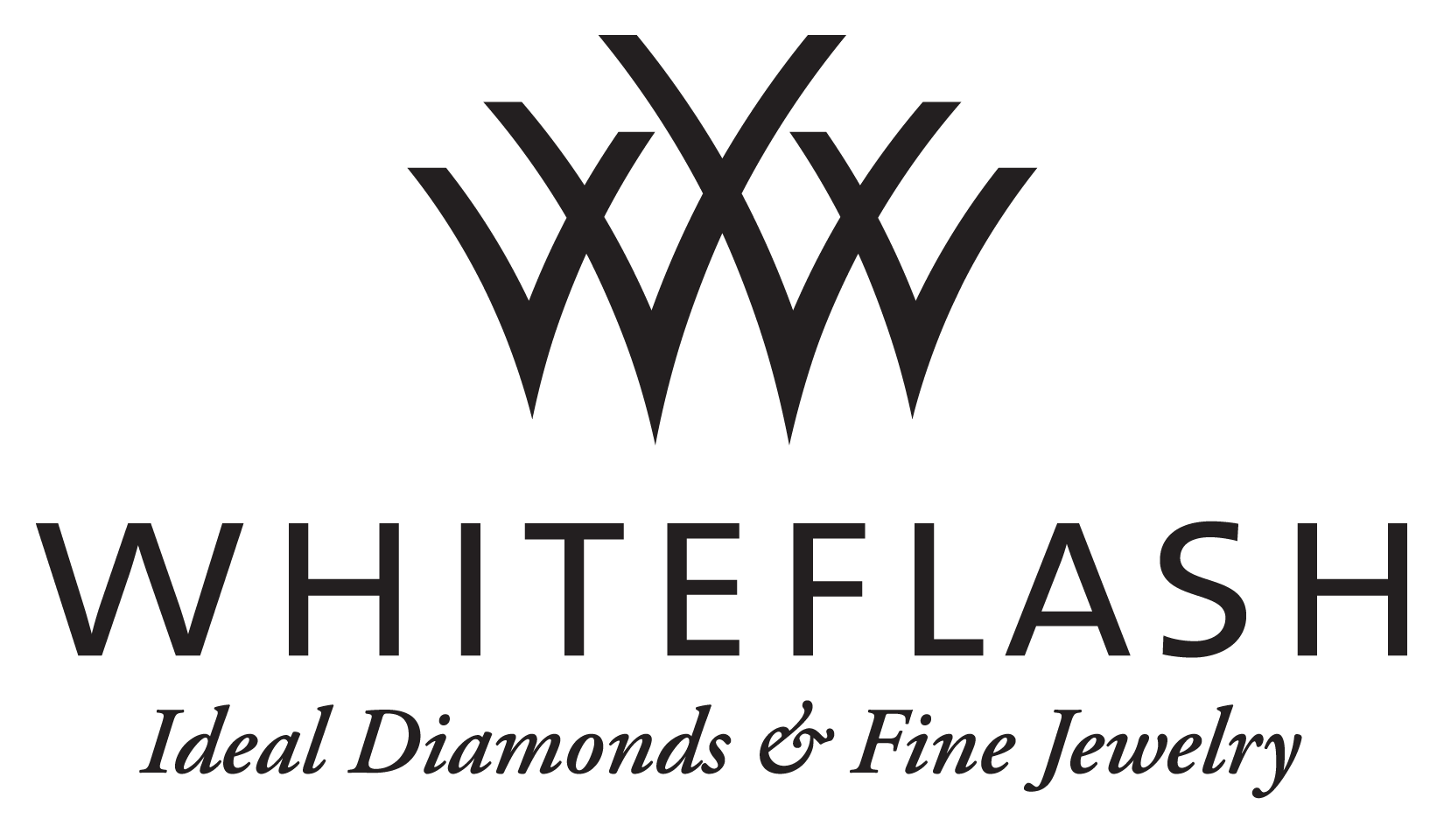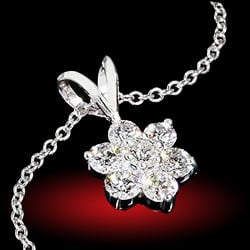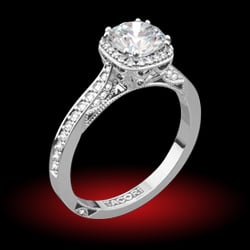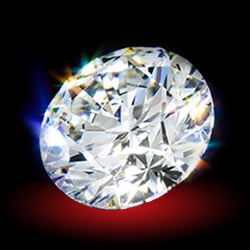Good afternoon, I went shopping with my fiance last month and was shown a GIA diamond with a accompanying letter, type iib that was D in color and VVS1. The salesman who showed us the diamond said it was very, very rare to have a colorless diamond that was type iib. We figured he was just hyping up the stone and chose another one. When I got home, I started
researching type iib diamonds and I couldn't find anything on colorless diamonds only blue or grey. I'm thinking I should have bought it. Was he right when he said this diamond was very, very rare?
researching type iib diamonds and I couldn't find anything on colorless diamonds only blue or grey. I'm thinking I should have bought it. Was he right when he said this diamond was very, very rare?
Last edited:








300x240.png)